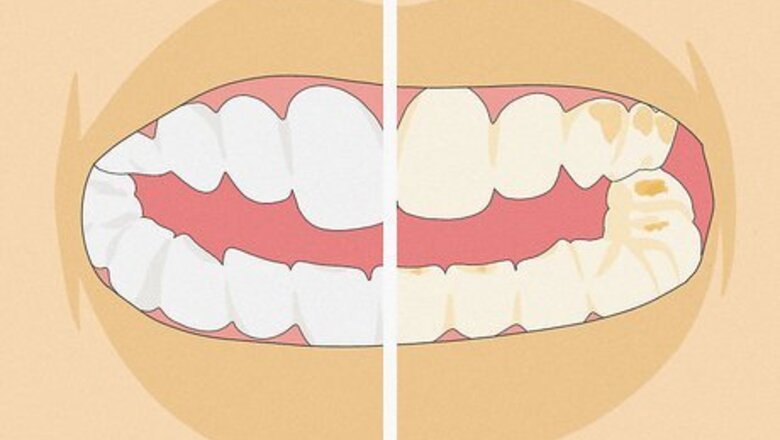
views
Recognizing Symptoms
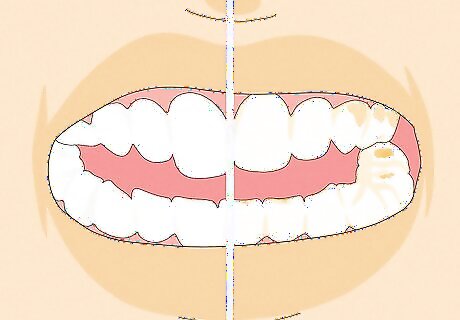
Watch for discoloration. When your enamel breaks down there are many ways in which your teeth physically change. From the color to the shape, the loss of enamel can cause your teeth to look drastically different. Dentin is the yellowish layer of your tooth located under your enamel. As the enamel wears down and the dentin gets thinner and a thinner layer of enamel covers the dentin, it becomes more transparent and your teeth will appear more yellow. How yellow your teeth are is a good indication of how thin your enamel is; the less enamel you have, the more yellow your teeth will be. If you're uncertain as to whether your teeth are yellow from stains or due to enamel loss, try having them whitened. Artificial stains will come off.
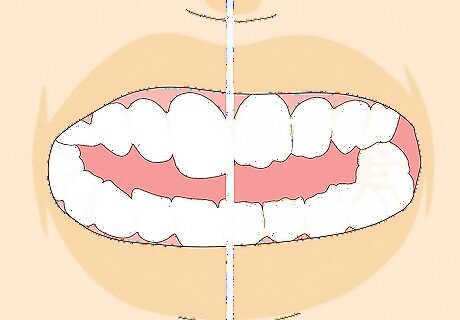
Look for a change in shape. Another way in which your teeth physically change when enamel loss occurs is a change in shape. Your teeth may appear to be rounded and short. When you lose enamel your teeth may take on a rounded shape and can also cause your teeth to look shorter than normal. If you have a tooth filling, you may notice that your tooth seems to have shrunk around the filling. This shrinkage is caused by the loss of tooth enamel.
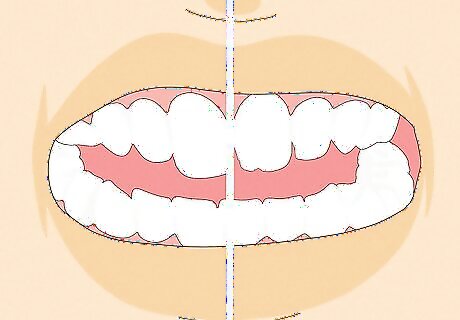
Check for cracks or chips. Teeth that have lost a good deal of enamel may develop fractures or chips. Even if your teeth haven’t developed fractures yet, you should see a doctor as soon as you notice that your teeth are looking brittle and thin. This is a sign that they might fracture soon.
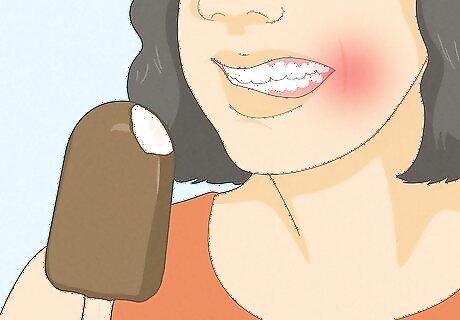
Pay attention to any tooth sensitivity that develops. When enamel wears down the dentin layer underneath is revealed. Not only does this make your teeth yellow, it also makes them very sensitive to pain. This sensitivity may arise when you eat hot or cold foods and occasionally sweet foods, or when you inhale cool air. In severe enamel and dentin decay, the pulp, which is the innermost part of the tooth, could also become damaged, leading to a lesion called pulpitis. If this is the case, you will experience severe pain when you eat.
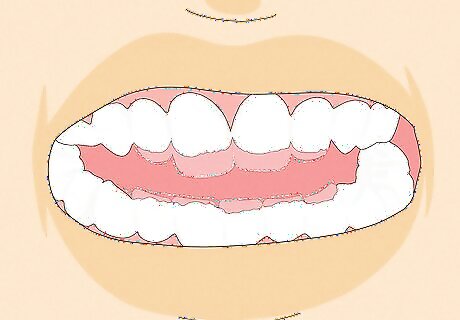
Pay attention to your biting force. When enamel and dentin begin to thin your teeth may appear shorter and you may find it more difficult to chew. The chewing surfaces of your teeth become flattened, which causes you to bite and chew your food with difficulty. Aside from it being more difficult to chew, you might also experience pain when you take a bite of food.
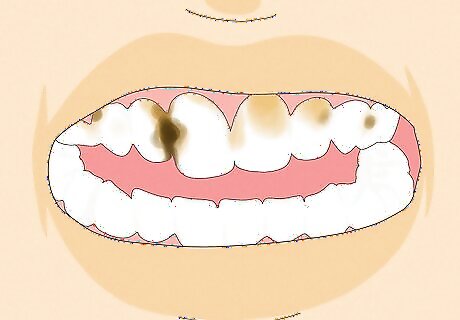
Check your teeth for cavities. Enamel loss makes your teeth brittle and prone to cavities. This is because enamel protects your teeth from plaque and debris buildup. When the enamel isn’t there, plaque and debris buildup can result in cavities. The cavities on the surface of the tooth can enter into the deeper parts of the tooth through the opening that missing enamel has left unprotected. This can cause extreme pain and in some cases, infection due to bacteria that has an easier access through the porous structure of dentin.
Making Healthy Choices
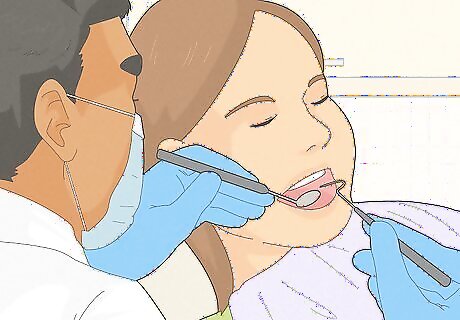
Go to the dentist. Regular visits to the dentist will help you to be proactive in the fight against enamel loss; however, if you notice any of the signs of enamel loss in between visits, make an appointment right away. Try to visit your dentist at least once a year. Though some dentists will want to see you every six months; going at least once a year will help with early detection of enamel loss. If you think you may have a cavity, point it out to your dentist at the beginning of the appointment. Mention any other symptoms you may be experiencing, as well.
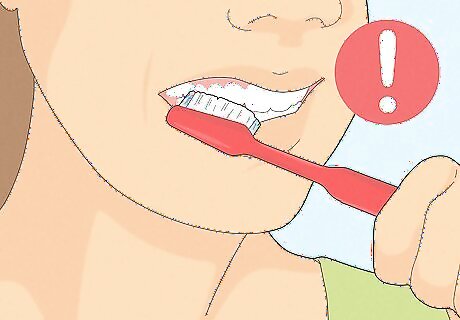
Be careful not to brush your teeth too hard. You may not realize it, but brushing your teeth too hard can negatively impact your enamel. Using a hard brush and harsh strokes can similarly contribute to enamel loss. Always use a soft bristle brush, along with gentle strokes when brushing. Don’t forget those hard to reach places such as your gums and back teeth. Try to spend at least two minutes just on those areas, but brush gently.
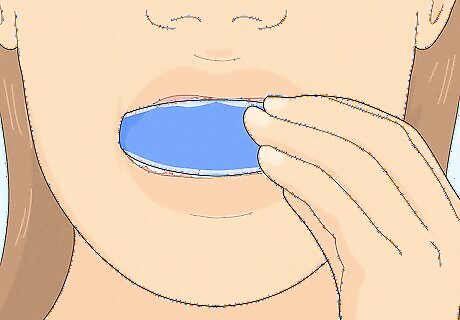
Protect yourself from tooth-to-tooth contact. Habits such as teeth grinding and jaw clenching can be harmful to your enamel, as the friction causes wear and tear. If you think you may be harming your enamel at night, speak with a dentist about solutions for teeth grinding and jaw clenching. Getting fitted for a custom mouth guard or purchasing an inexpensive option online will help to protect against those harmful grinding and clenching habits.
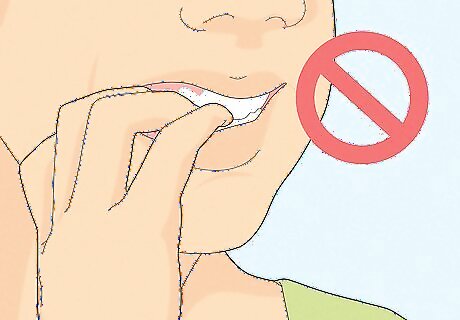
Ditch the unhealthy biting habits. Mom always yelled at you for biting your nails, but did you know this seemingly harmless habit is anything but harmless when it comes to your enamel? In addition to biting your nails, refrain from chewing on bottle caps and pens as doing these things can also contribute to wear and tear of the enamel. Chewing ice or tobacco is another stressful activity for your teeth and can result in chips and fractures, which contribute to enamel loss.
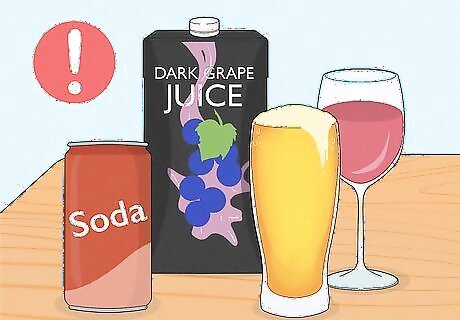
Cut back on acidic drinks. Consuming acidic drinks temporarily softens your enamel, which leads to its eventual breakdown. This is particularly worrisome if you’re consuming these products frequently. Ditch carbonated beverages such as soda and fruit juices that are high in sugar. If you do choose to drink soda or juice, get in the habit of rinsing your mouth out with water afterwards. Sports drinks, wine, and beer are also high in sugar and should be avoided as often as possible. Just like with soda and juice, try to rinse with water after consuming these beverages.
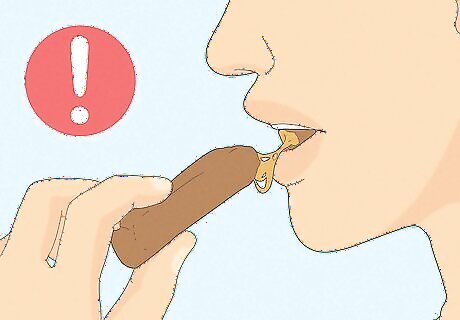
Watch out for sticky foods. Sticky food, as you may have guessed, stick to your teeth for a longer duration than other foods. Additionally, they often contain a high sugar content, which promotes the production of acid. Foods like candy bars and toffee can do a number on your teeth, as can starchy foods such as bread. You don’t necessarily have to give up these tasty treats. Simply limit your intake and space out your sticky foods. For example, if you consumed a lot of bread with dinner, try not to eat toffee for dessert.
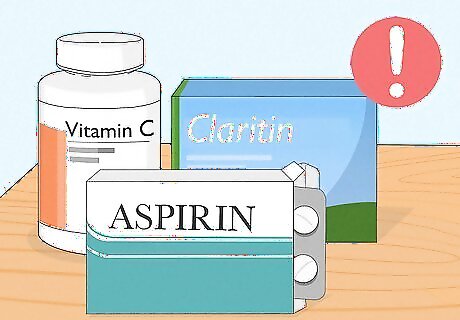
Be careful with medications. Aspirin, antihistamines, some asthma medications and chewable vitamin C can all cause enamel loss, due to their acidic nature. Because these medication are acidic by nature, damage can occur when they come into contact with tooth surfaces. Corrosion is one of the damaging side effects. Know that you don’t have to abstain from taking these often beneficial medications. Always take oral medicines, such as aspirin, with a glass of water. For chewable medicines, rinse your mouth out with water, then wait a few minutes before brushing your teeth.
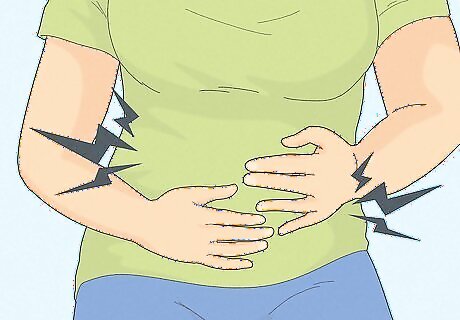
Be aware of health issues that can cause enamel loss. This is primarily true for health issues, which result in frequent vomiting, as acids from the stomach enter the mouth and cause tooth enamel loss. There are many illnesses which affect tooth enamel loss. Acid reflux, gastrointestinal problems, peptic ulcers, bulimia, alcoholism, and pregnancy are just a few examples of such illnesses. Despite what you may think, it’s better not to brush your teeth right after you’ve vomited. The acidic environment softens your enamel and brushing immediately can harm your teeth. Instead, simply rinse with water, wait for a half hour or so and then brush your teeth.




















Comments
0 comment